Contact Us
+91 98765 43210
+91 98765 43210
Caustic soda Lye is majorly used in Alumina refineries, Textiles processing, Soap and detergent, Paper and Pulp industry. It is also used as an intermediate for a wide variety of organic chemicals such as dyes, pigments, agrochemicals and variety of inorganic chemicals such as sulphites, phosphites etc..


Caustic soda flakes is majorly used in textiles processing, soap and detergent, paper and pulp industry. It is also used as an intermediate for wide variety of organic chemicals such as dyes, pigments, agrochemicals and variety of inorganic chemicals such as sulphites, phosphites etc.
Commonly used in water treatment plants, bleaching and in textile as a bleaching agent. Pharmaceuticals, Water Disinfectant, Agrochemicals, Detergents, Refrigerants, Adhesives, Ink, Electronics, Food Processing, Automotive, etc.

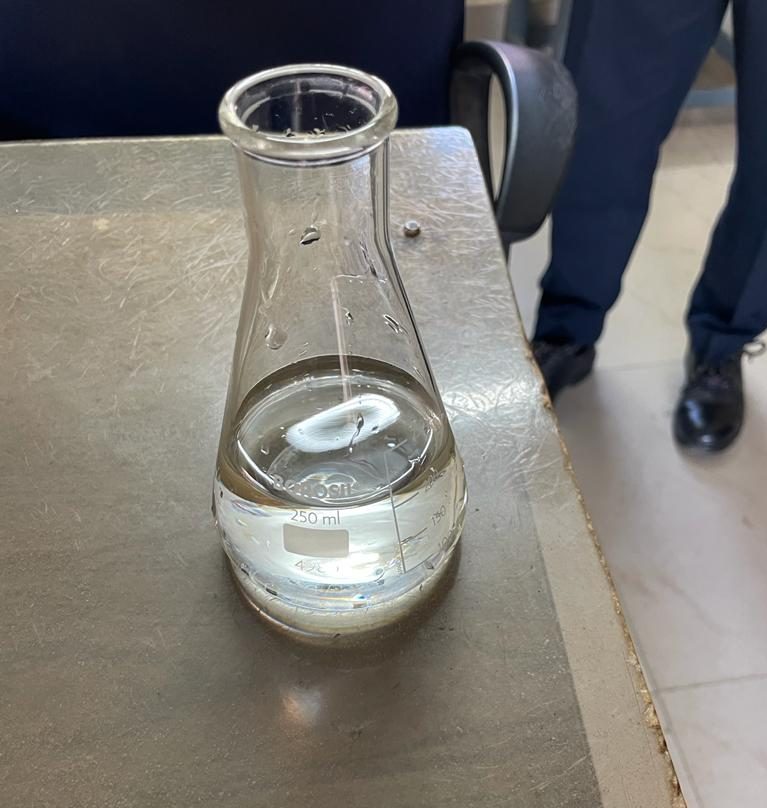
Hydrochloric acid (HCl) is commonly used for the neutralization of alkaline agents, as a bleaching agent, in food, textile, metal, and rubber industries. It is neutralized if released into the soil and it rapidly hydrolyzes when exposed to water.
Sodium hypochlorite (NaOCl) is a solution made from reacting chlorine with a sodium hydroxide solution. These two reactants are the major co-products from most chlor-alkali cells. Sodium hypochlorite, commonly referred to as bleach, has a variety of uses and is an excellent disinfectant/antimicrobial agent.
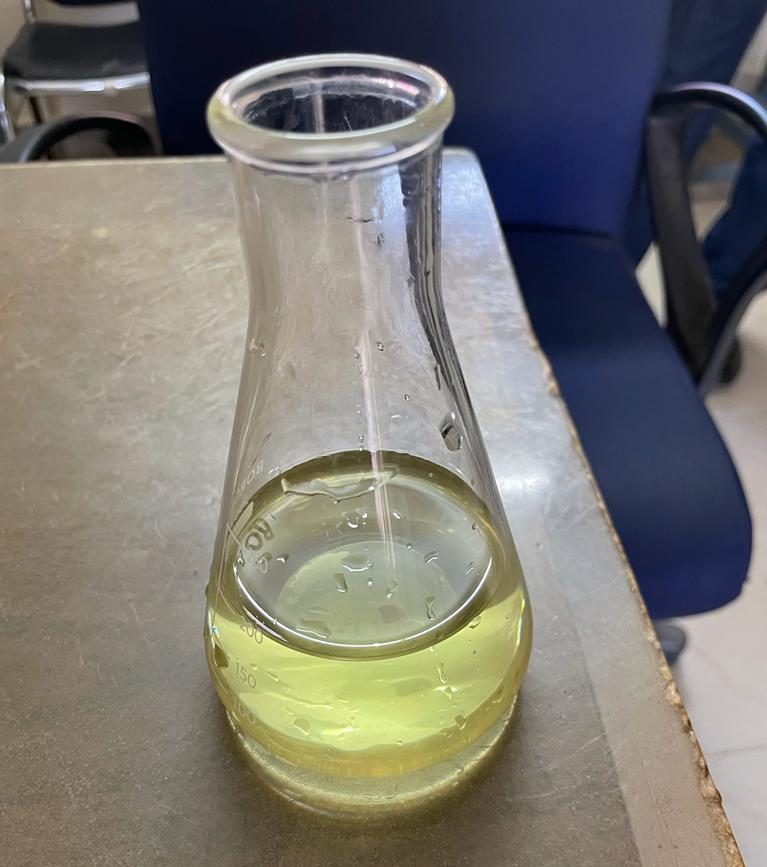
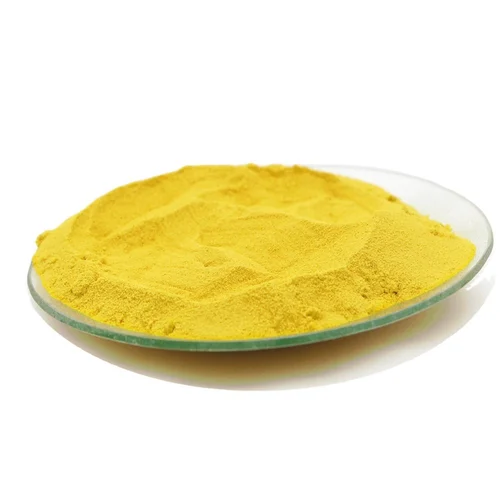
The chemical formula for aluminum chloride is AlCl₃. The primary uses of aluminum chloride are in manufacturing and industry. First and foremost, it’s a component in the production of aluminum, in metallurgy, and as an ingredient in aluminum smelting.
Chlorosulphonic Acid is a colorless to yellow, slightly cloudy, fuming liquid. It has a sharp odor and is used to make detergents, pharmaceuticals, dyes, pesticides and resins.
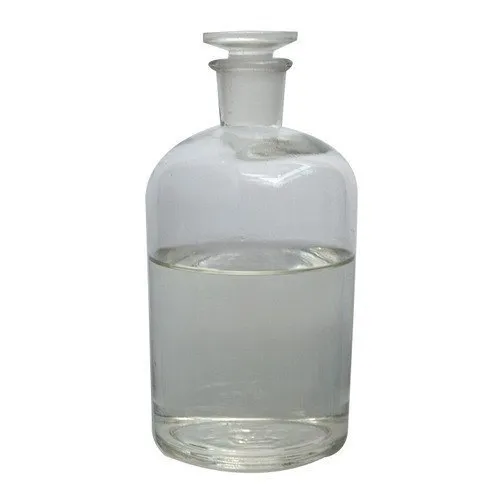

Phosphoric acid, also known as orthophosphoric acid, is a triprotic acid that exists as a dense liquid. It is an irritant or corrosive to the skin, eyes, and other mucous membranes of both humans and laboratory animals. Its salts, though, exhibit a significantly lower irritancy potential.
Hydrogen is a clean alternative to methane, also known as natural gas. It’s the most abundant chemical element, estimated to contribute 75% of the mass of the universe. Here on earth, vast numbers of hydrogen atoms are contained in water, plants, animals and, of course, humans.

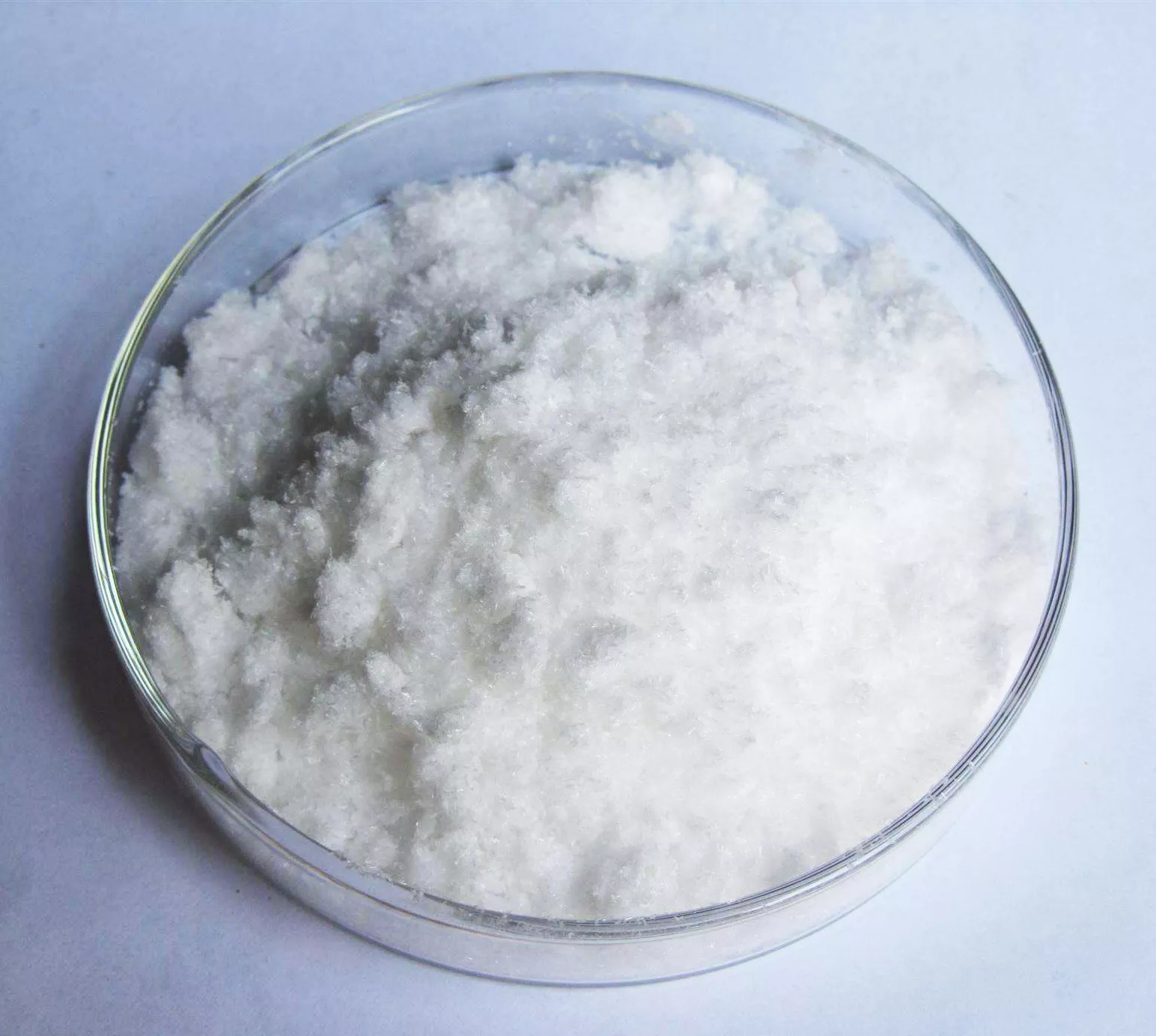
Calcium chloride is often used for de-icing or dust control on gravel roads, in food or as the absorbing agent in desiccants. In much of the world, calcium chloride is derived from limestone as a by-product of the Solvay process. Calcium chloride can also be obtained from brine purification.
Calcium chloride is often used for de-icing or dust control on gravel roads, in food or as the absorbing agent in desiccants. In much of the world, calcium chloride is derived from limestone as a by-product of the Solvay process.


Chlorinated paraffins are used as plasticizers for polyvinyl chloride, as extreme-pressure additives in metal-machining fluids, as additives to paints, coatings and sealants to improve their resistance to chemicals and to water, and as flame retardants for plastics, fabrics, paints and coatings.
Stable Bleaching Powder (Calcium Hypo 35%):
SBP is commercially known as calcium hypochlorite and is used as an oxidizing agent for bleaching, sanitation and disinfection. IUPAC Name: Calcium Hypochlorite. CAS Number: 7778 – 54 – 3. Formula: Ca(OCl)2. Molecular Weight:142.98 g/mol.
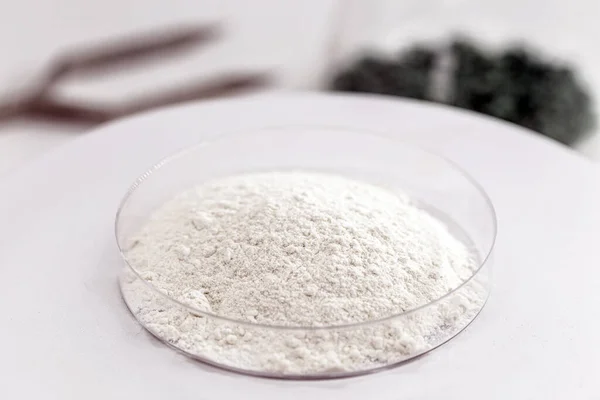
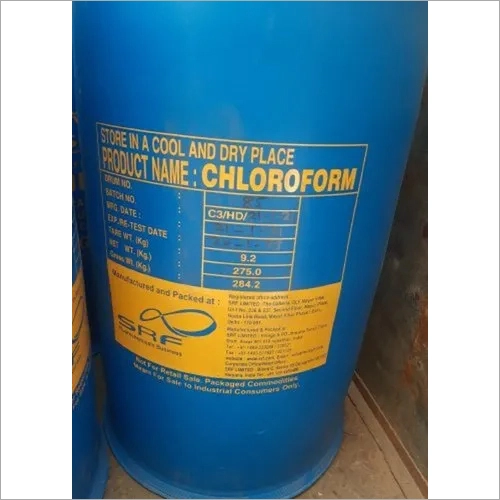
Chloroform (CHCl3) is a colorless liquid that quickly evaporates into gas. It can harm the eyes, skin, liver, kidneys, and nervous system. Chloroform can be toxic if inhaled or swallowed. Exposure to chloroform may also cause cancer.
Accepta PAC is used for several applications including the treatment of drinking water, swimming pool water, wastewater treatment, the treatment of sewage and industrial effluents. It is also used extensively in the pulp and paper processing industry.
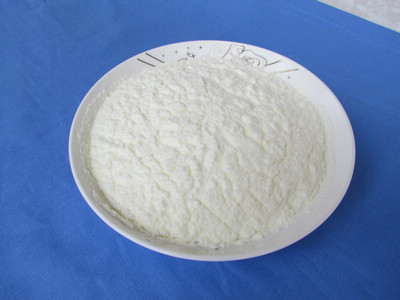
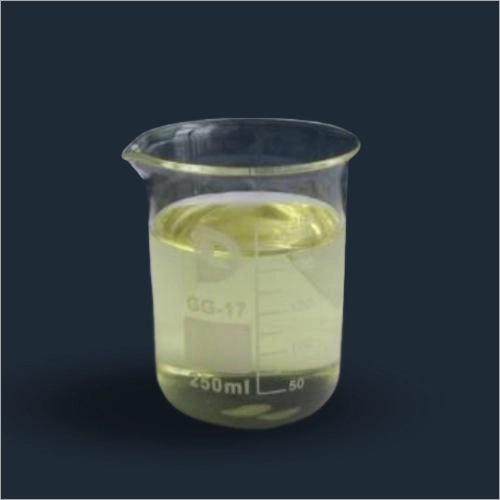
Accepta PAC is used for several applications including the treatment of drinking water, swimming pool water, wastewater treatment, the treatment of sewage and industrial effluents. It is also used extensively in the pulp and paper processing industry.
The major use of sulfuric acid 98 is in water treatment plants where it is added to the raw water supply to remove calcium carbonate or other minerals that can cause scale buildup; also known as lime softening.
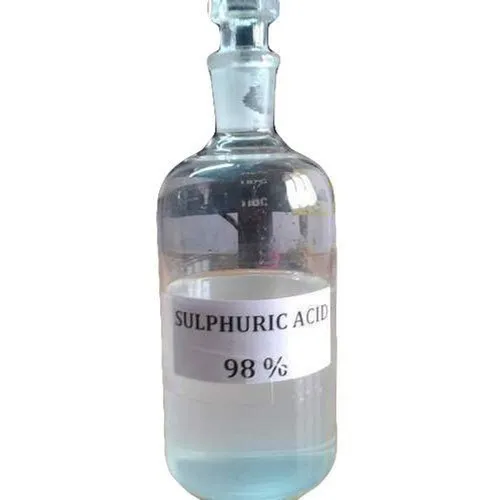
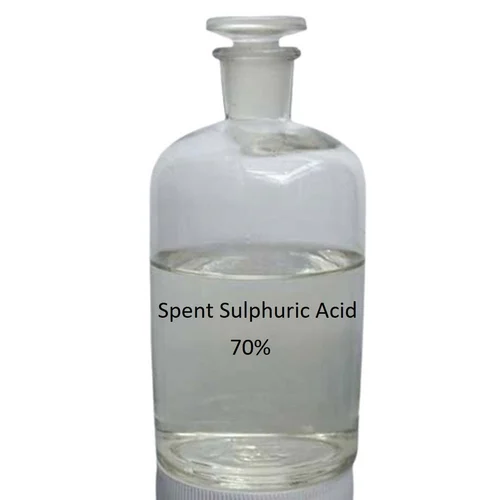
The spent sulphuric acid is used in wastewater treatment plant (Effluent Treatment Plant/Common Effluent Treatment Plant) as a neutralizing agent (by replacing use of fresh sulphuric acid). In neutralizing process pH of alkaline wastewater is reduced by using neutralizing agent.

















